How Many Sea Animals Die From Pollution Each Year
Plastic Pollution Affects Sea Life Throughout the Ocean
Photos document extent of the impact, which extends to the seafood people eat
Our body of water and the array of species that phone call it abode are succumbing to the poisonous substance of plastic. Examples abound, from the gray whale that died afterwards stranding near Seattle in 2010 with more than 20 plastic bags, a golf game ball, and other rubbish in its stomach to the harbor seal pup found dead on the Scottish island of Skye, its intestines fouled past a small piece of plastic wrapper.
According to the United Nations, at least 800 species worldwide are affected by marine debris, and equally much as lxxx percent of that litter is plastic. It is estimated that up to xiii million metric tons of plastic ends upwards in the ocean each twelvemonth—the equivalent of a rubbish or garbage truck load's worth every minute. Fish, seabirds, sea turtles, and marine mammals can become entangled in or ingest plastic debris, causing suffocation, starvation, and drowning. Humans are not allowed to this threat: While plastics are estimated to take up to hundreds of years to fully decompose, some of them break down much quicker into tiny particles, which in turn end upwardly in the seafood we eat.
The following photos assistance illustrate the extent of the sea plastics problem.
Research indicates that half of sea turtles worldwide have ingested plastic. Some starve later doing so, mistakenly believing they have eaten enough because their stomachs are full. On many beaches, plastic pollution is so pervasive that it's affecting turtles' reproduction rates past altering the temperatures of the sand where incubation occurs.
A contempo study found that ocean turtles that ingest simply xiv pieces of plastic take an increased risk of death. The young are peculiarly at run a risk because they are non as selective as their elders about what they consume and tend to drift with currents, but as plastic does.
Plastic waste kills up to a 1000000 seabirds a yr. Equally with bounding main turtles, when seabirds ingest plastic, it takes upwards room in their stomachs, sometimes causing starvation. Many seabirds are found dead with their stomachs full of this waste material. Scientists estimate that sixty percent of all seabird species have eaten pieces of plastic, a figure they predict will rise to 99 percent by 2050.
While dolphins are highly intelligent and thus unlikely to consume plastic, they are susceptible to contamination through casualty that have ingested synthetic compounds.
Plastic in our oceans affects creatures large and small. From seabirds, whales, and dolphins, to tiny seahorses that alive in coral reefs……
... and schools of fish that reside on those same reefs and nearby mangroves.
Plastic waste can encourage the growth of pathogens in the ocean. According to a recent study, scientists ended that corals that come into contact with plastic have an 89 percent risk of contracting disease, compared with a four percent likelihood for corals that exercise non.
Unless activeness is taken soon to address this urgent problem, scientists predict that the weight of body of water plastics will exceed the combined weight of all of the fish in the seas past 2050.
Simon Reddy directs The Pew Charitable Trusts' efforts to prevent ocean plastics.
ADDITIONAL Resources
More than FROM PEW
Source: https://www.pewtrusts.org/research-and-analysis/articles/2018/09/24/plastic-pollution-affects-sea-life-throughout-the-ocean
Posted by: binettewallard.blogspot.com

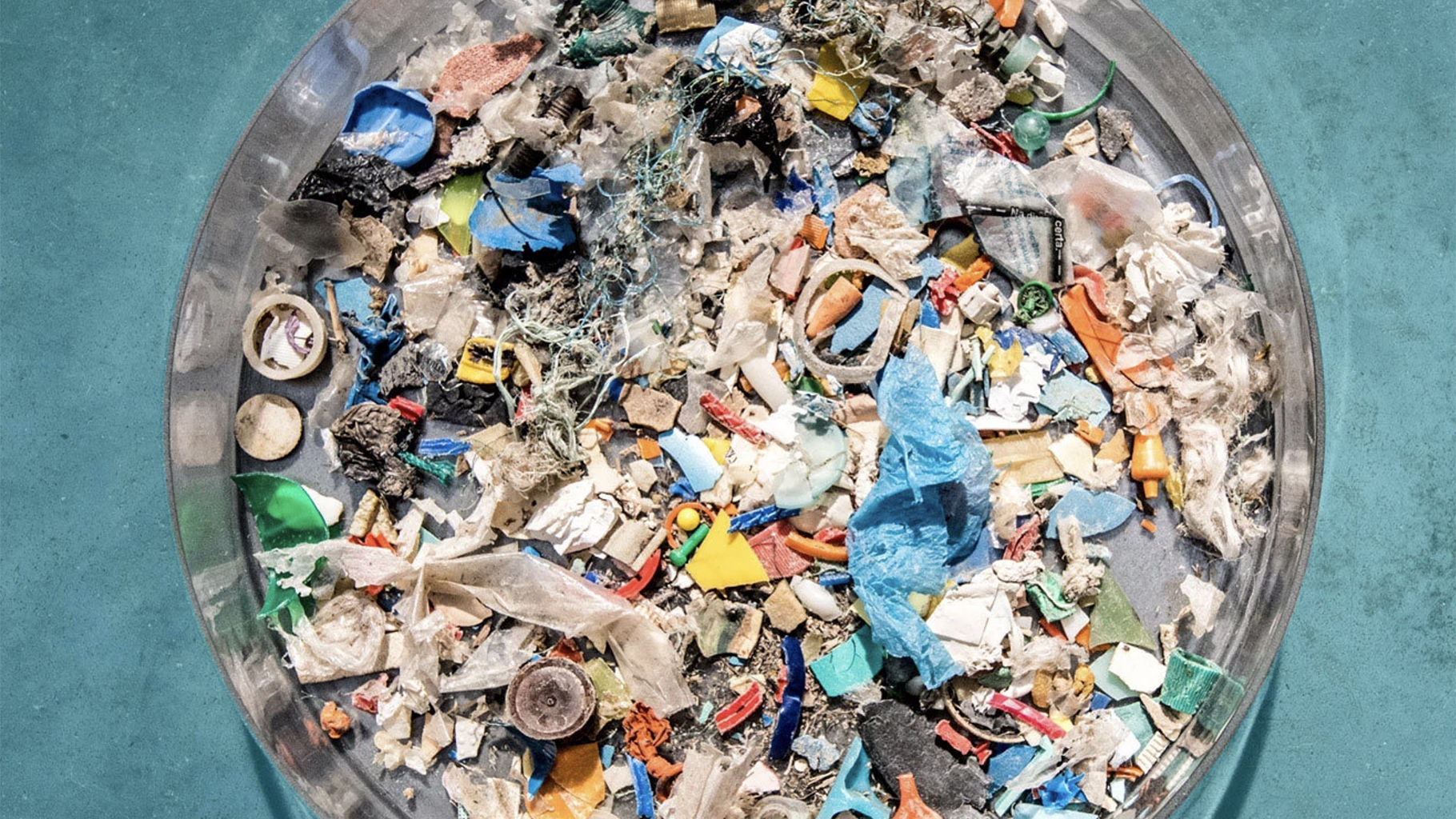
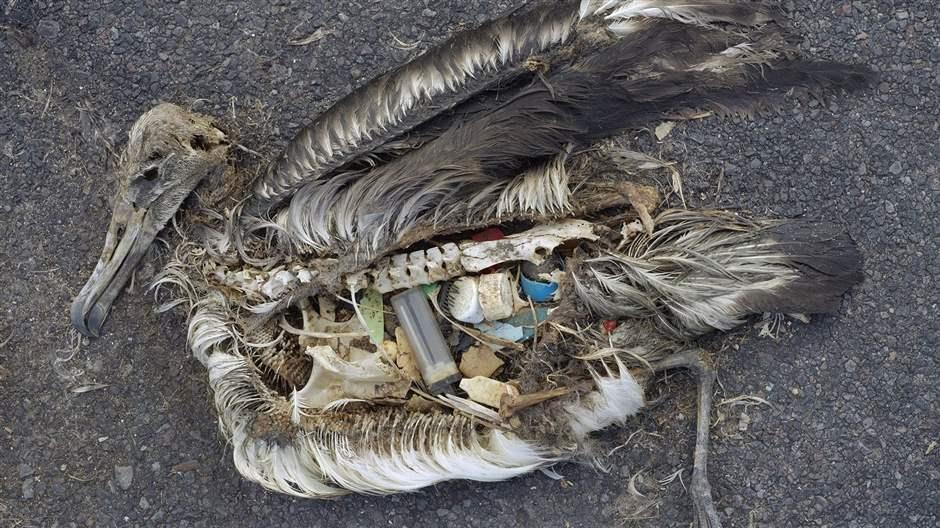
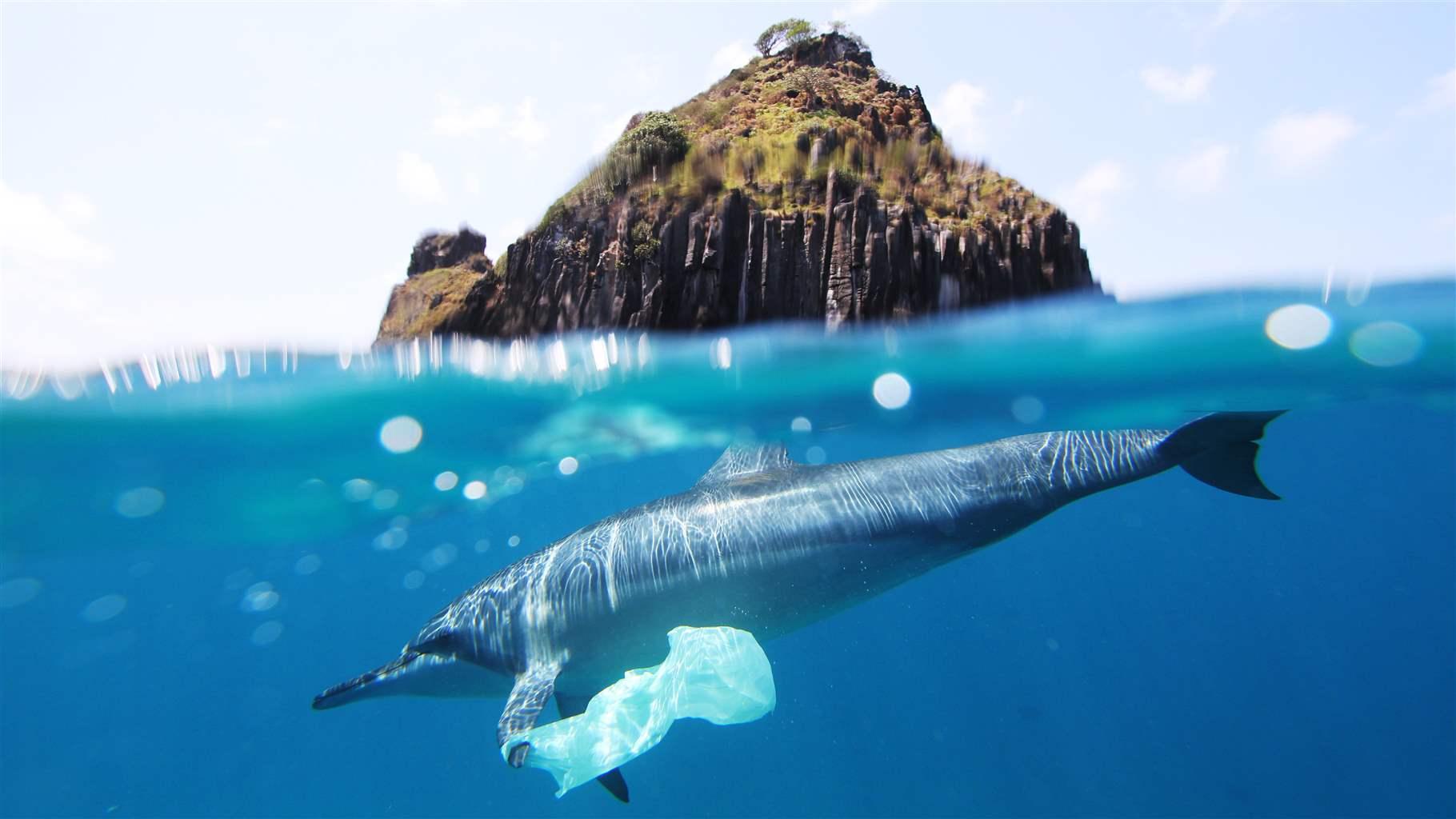
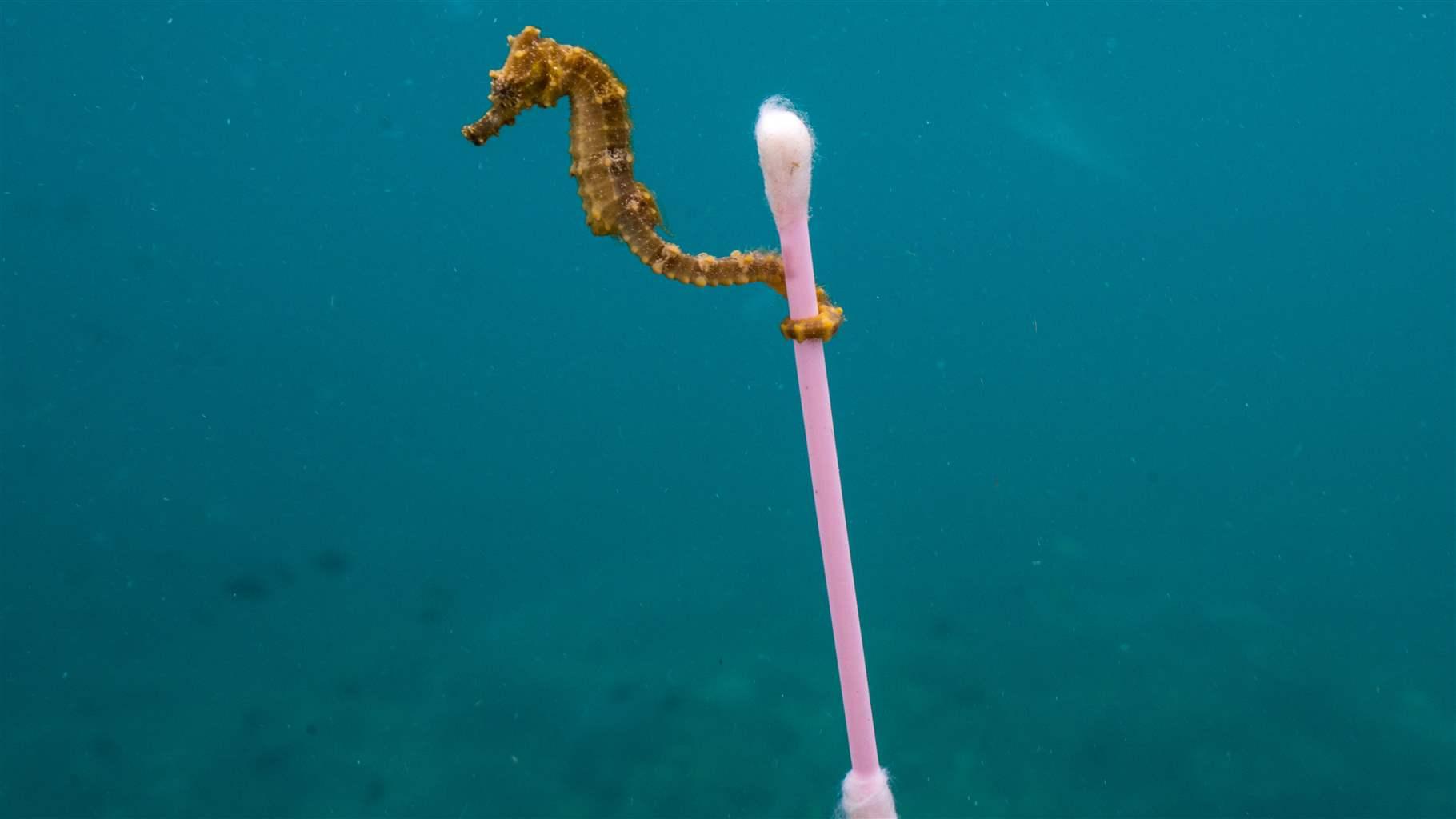
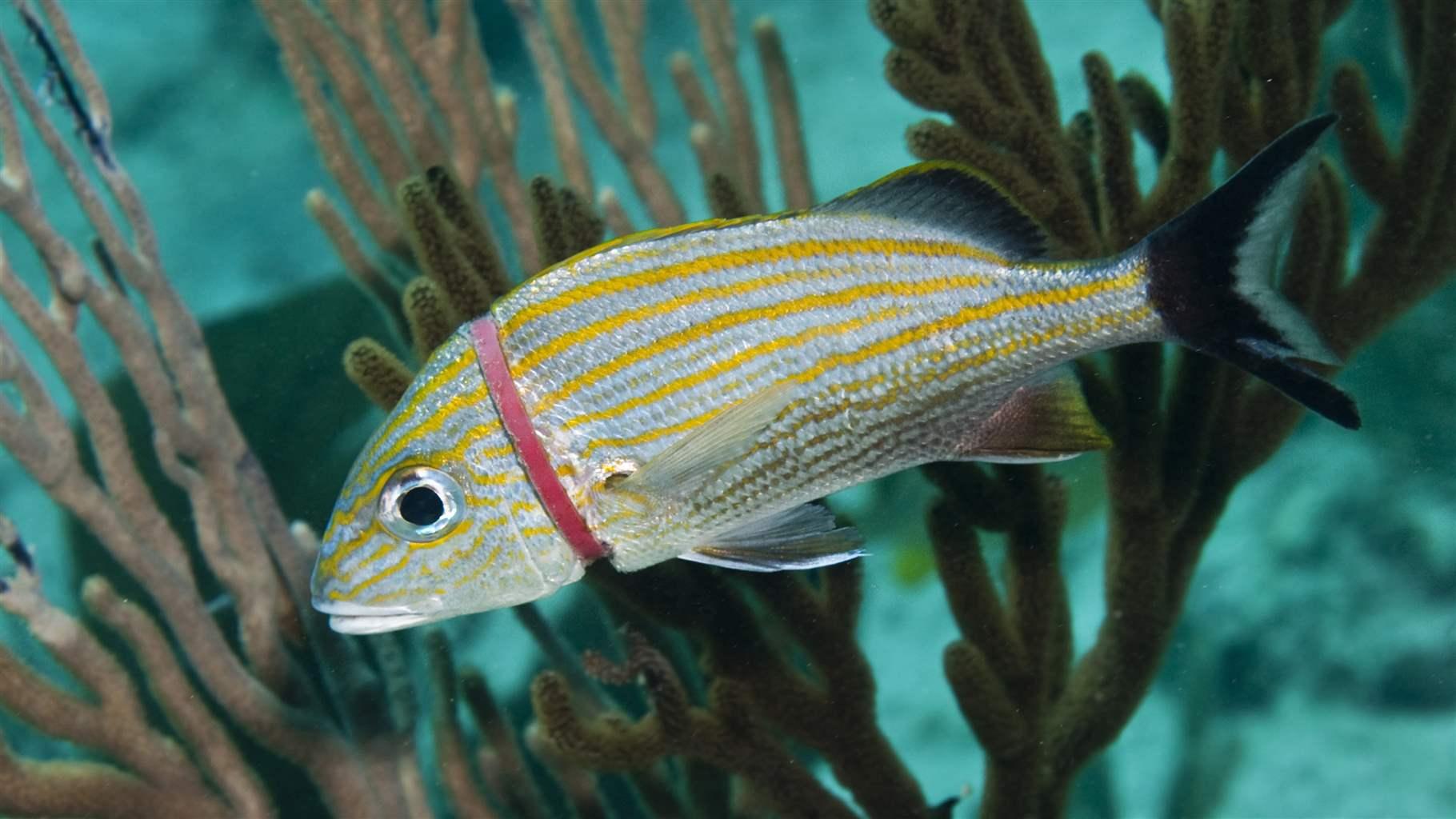
0 Response to "How Many Sea Animals Die From Pollution Each Year"
Post a Comment